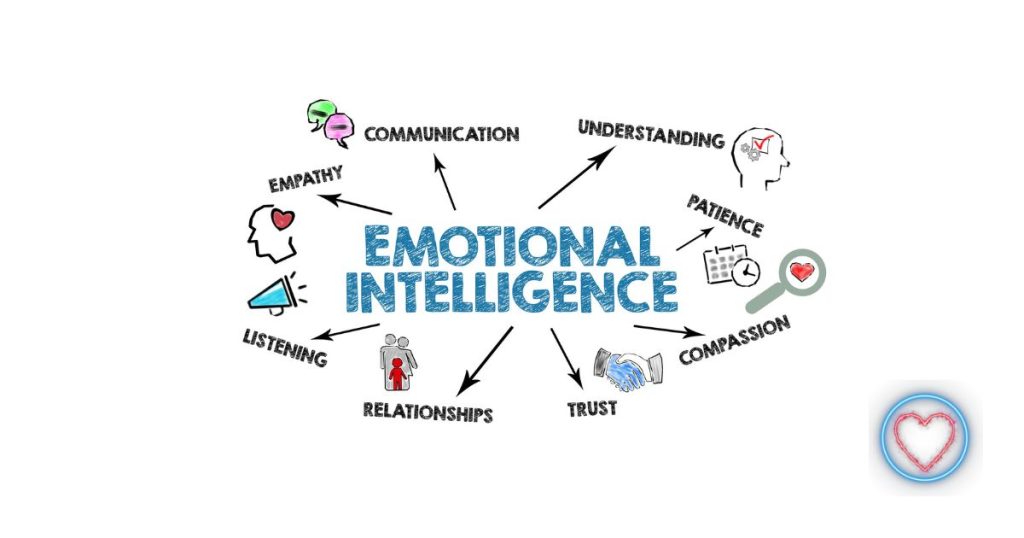A personal loan is one of the most flexible and common financial tools available today. Unlike a car loan or a mortgage, which are secured by specific assets, a personal loan provides you with a lump sum of cash that can be used for almost any purpose. Whether you’re facing an unexpected medical bill, planning a major home renovation, or looking to consolidate high-interest credit card debt, a personal loan can offer a structured path to meet your financial goals.
But what exactly is a personal loan, and how do you get one? The process can seem intimidating. Lenders evaluate your creditworthiness, income, and existing debt to determine not only if you’re eligible but also what personal loan interest rate you’ll receive. This rate is the single most important factor, as it dictates the total cost of your borrowing.
This guide will demystify the entire process. We will cover everything from the basic definition of a personal loan to the step-by-step application process, how to compare offers from different lenders, and the critical factors that can help you secure the best possible terms.
What is a Personal Loan?
At its core, a personal loan is an installment loan. This means you borrow a fixed amount of money from a lender (like a bank, credit union, or online lender) and agree to pay it back in fixed monthly payments (or “installments”) over a set period, known as the loan tenure.
These loans are typically “unsecured,” which is a key feature.
Unsecured vs. Secured Personal Loans
- Unsecured Personal Loan: This is the most common type. It requires no collateral. The lender approves your loan based solely on your financial profile, primarily your credit score, income, and debt-to-income ratio. Because there is no asset for the lender to seize if you default, these loans are riskier for the lender and may have slightly higher interest rates.
- Secured Personal Loan: This type requires you to pledge an asset (like a savings account, vehicle, or other valuable item) as collateral. If you fail to repay the loan, the lender can take possession of that asset. Because this reduces the lender’s risk, secured loans often come with lower interest rates and may be easier to obtain for applicants with fair or poor credit.
Key Personal Loan Terminology You Must Know
- Principal: The original amount of money you borrow.
- Interest Rate (APR): The cost of borrowing the money, expressed as a percentage. Always look at the Annual Percentage Rate (APR), as it includes the interest rate plus any origination fees, giving you a more accurate picture of the total cost.
- Loan Tenure: The length of time you have to repay the loan (e.g., 24, 36, 60 months). A longer tenure means lower monthly payments but more interest paid overall. A shorter tenure means higher payments but less total interest.
- EMI (Equated Monthly Installment): The fixed amount you pay back to the lender each month, which includes both principal and interest.
- Origination Fee: A one-time fee some lenders charge to process your loan, usually deducted from the principal before you receive the funds.
Common Uses: When Does a Personal Loan Make Sense?
The flexibility of a personal loan is its main advantage. Here are the most common and strategic ways to use one:
- Debt Consolidation: This is a primary driver for many personal loan applications. If you have multiple high-interest debts (like credit cards), you can take out a single personal loan to pay them all off. You’re then left with one monthly payment, often at a much lower interest rate, which can save you money and simplify your finances.
- Home Improvement: Funding a kitchen remodel, finishing a basement, or replacing a roof can be expensive. A personal loan provides the funds upfront without requiring you to use your home’s equity.
- Major Life Events: Big expenses like a wedding, a major family vacation, or relocation costs for a new job can be financed with a personal loan, allowing you to pay for them over time.
- Medical Emergencies: For unexpected medical or dental bills that aren’t covered by insurance, a personal loan can be a financial lifeline, often at a lower rate than a credit card.
- Large Purchases: Funding a significant one-time purchase, like new appliances or specialty equipment.
How to Qualify: Understanding Personal Loan Eligibility Criteria
Lenders want to be confident you’ll pay them back. To assess this risk, they look at several key factors. Before you apply for a personal loan, check where you stand on these criteria:
- Credit Score: This is the most critical factor. A high credit score (generally 720+) signals to lenders that you are a responsible borrower and will unlock the best personal loan interest rates. You can still get a loan with a fair or poor score, but the rates will be significantly higher.
- Income and Employment: Lenders need to see a stable and verifiable source of income. They’ll ask for pay stubs, bank statements, or tax returns to prove you have the cash flow to handle the monthly EMI.
- Debt-to-Income (DTI) Ratio: This is the percentage of your gross monthly income that goes toward paying your existing debts (rent/mortgage, credit cards, other loans). Most lenders prefer a DTI below 40%. A lower DTI shows you aren’t over-leveraged and can afford a new personal loan payment.
- Credit History: Lenders look at the length of your credit history, your mix of credit types, and any negative marks like late payments or collections.
The Step-by-Step Guide to Applying for a Personal Loan
Applying for a personal loan is more straightforward than ever, thanks to online lenders. Follow these steps for the best results.
Step 1: Determine Your Need and Budget
Before you shop, know exactly how much you need to borrow. Don’t borrow more than necessary. Use a personal loan calculator online to estimate the monthly payment for your desired amount and tenure. Can you comfortably afford this EMI?
Step 2: Check Your Credit Score
Know your number. This will set your expectations for the interest rates you’ll be offered. If your score is low, you may want to spend a few months improving it before applying.
Step 3: Shop and Compare Lenders
This is the most important step! Do not just apply at the first bank you see. Compare offers from:
- Traditional Banks: (e.g., Chase, Bank of America)
- Credit Unions: Often offer lower rates to their members.
- Online Lenders: (e.g., SoFi, LightStream, Upstart) These lenders often have the fastest application and funding processes.
Step 4: Get Pre-Qualified
Most online lenders offer a “pre-qualification” step. This involves a soft credit check (which does not hurt your credit score) and allows them to show you the estimated rate and loan amount you’d qualify for. Get pre-qualified with 3-5 lenders to compare real-world APRs.
Step 5: Gather Your Documents and Submit a Formal Application
Once you’ve chosen the best offer, you’ll complete the formal application. This will trigger a hard credit inquiry, which can temporarily dip your score by a few points. Be prepared to upload documents like:
- Proof of identity (Driver’s license, Passport)
- Proof of income (Pay stubs, W-2s)
- Proof of address (Utility bill, lease agreement)
Step 6: Verification and Funding
The lender will verify your information. Once approved, you’ll sign the loan agreement. The funds are then typically deposited directly into your bank account, sometimes as fast as the next business day.
Understanding Personal Loan Interest Rates and Fees
- Fixed vs. Variable Rates: Almost all personal loans are fixed-rate. This means your interest rate and monthly payment will never change for the life of the loan, making it easy to budget. Some lenders offer variable-rate loans, where the rate can change over time. These are riskier and generally not recommended.
- Common Personal Loan Fees:
- Origination Fee: The most common fee. It can range from 1% to 8% of the loan amount. A $10,000 loan with a 5% origination fee means you’ll only receive $9,500.
- Prepayment Penalty: A fee for paying off your loan early. Most reputable lenders do not charge this. Always confirm this before signing.
- Late Payment Fee: A standard fee charged if your payment is past the due date.
Managing Your Personal Loan and Alternatives
- Managing Your Loan: The best strategy is to set up autopay to ensure you never miss a payment. Missing payments will damage your credit score.
- Alternatives to a Personal Loan:
- 0% APR Balance Transfer Card: If your goal is debt consolidation and you have good credit, you could transfer your balances to a card with a 0% introductory APR (usually 12-21 months).
- Home Equity Line of Credit (HELOC): If you are a homeowner, a HELOC may offer a lower interest rate, but it is a secured loan that uses your home as collateral.
- Saving: For non-emergency expenses, the best (and cheapest) option is always to save up and pay in cash.
Is a Personal Loan the Right Choice for You?
A personal loan can be a powerful financial tool when used responsibly. It offers a clear repayment schedule and can be significantly cheaper than credit cards. However, it is still a debt. The best personal loan is one that fits comfortably within your budget, helps you achieve a specific financial goal, and comes with a low APR and no hidden fees. By doing your research, checking your credit, and comparing lenders, you can confidently navigate the market and find a loan that works for you.










